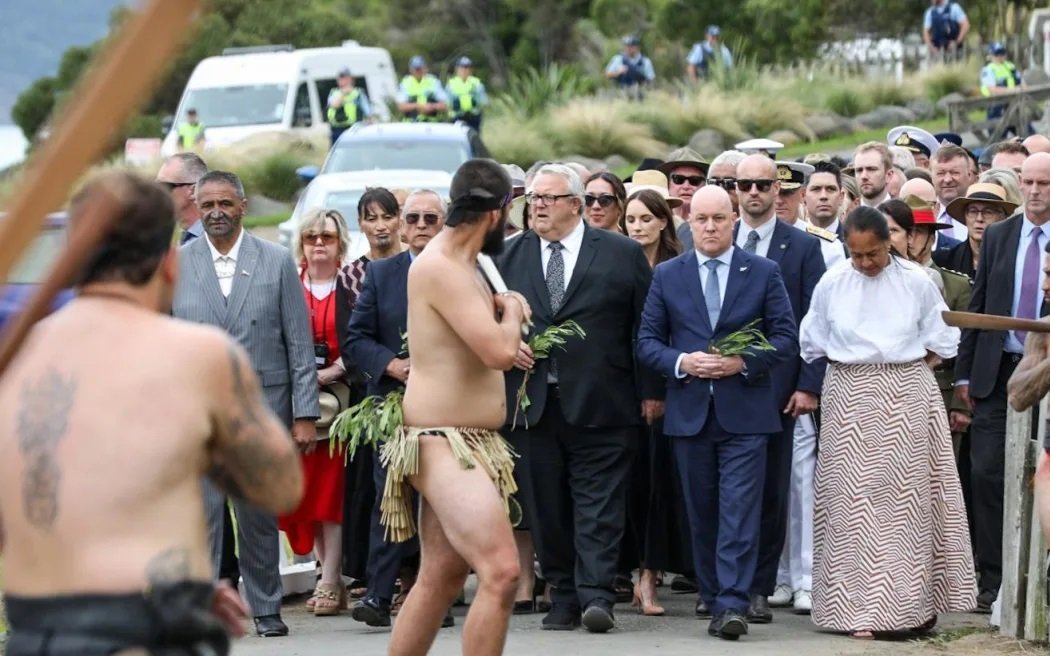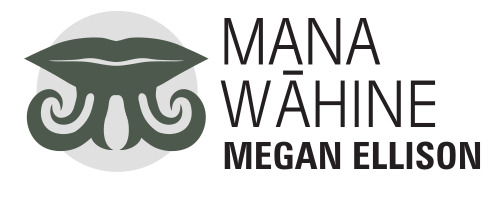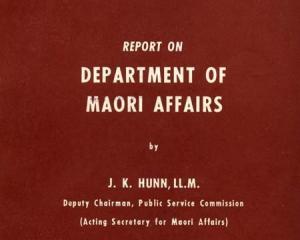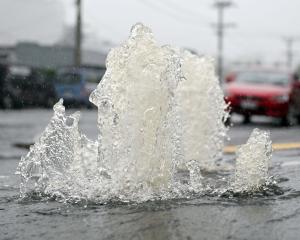
With all due respect, e Kui, we have a history here in Te Waipounamu, a Māori one. I come from one of the oldest villages in the country. We know this from place-names that date back to the very first footprints in the South Island, the archaeological finds, the dating of moa bones, human remains, our biological makeup, our language, our food gathering practices and so on. We know our whakapapa and, yes, we have been on a journey of discovery and revitalisation, but let me assure you, we know exactly who we are and where we come from.
Over two centuries ago, Pākehā sealers and whalers came to our shores and arguably there isn’t a Kāi Tahu person alive who doesn’t descend from one of these rugged ancestors. It was from this point on that the onslaught of colonisation occurred in waves. However, let me assure you that our people held firm like a rock in choppy waters.

It was through these marriages that we produced half-caste children. In many cases, being a half-caste meant being on the outer of Māori and European society and they attracted labels such as utu-pihikete (paid for with a biscuit) and oteparara (traded for the iron hoop off a barrel).
However, for Kāi Tahu, it was increasingly considered the norm.
There are Ōtākou whanau who illustrated the promise of what might become of a combined Māori and European culture as they took on significant and successful roles in both societies. Politically, our people were in the fight of their life the moment the Treaty of Waitangi was signed here and, yes, it was signed on Ruapuke Island, Ōnuku and at Ōtākou. Karetai and Korako signed the Treaty at the entrance of Otago Harbour on June 13, 1840.
The Māori signatories were chiefs, but in a very different sense of the word than we might hear it used nowadays. Like other sovereign and divine entities, they wielded the power of life and death over their people and they behaved in ways perhaps unimaginable to our present-day thinking. We had key chiefs like Te Matenga Taiaroa, who was also well travelled through the motu — and he also travelled to Sydney and back, as did Karetai.
Te Matenga Taiaroa was well-known nationally as a great warrior and diplomat and was a key Kāi Tahu leader during the early contact period. Taiaroa was also very politically motivated as he attended a later gathering in North Auckland where many of the Treaty signatories were present. The hui was to discuss leadership and particularly the idea of establishing a Maori king.
Taiaroa made the observation that it was a conflict to appoint a king considering Maori had recognised the queen by signing the Treaty of Waitangi and that ‘‘He Kingi katoa tatou e tu nei’’— all who stand here today are kings. Each chief saw themselves as a sovereign entity in their own right.
Te Matenga eventually handed the mantle over to his son, who was known as H.K. In an ōhākī (dying speech) to him and his children and hapū, he highlighted his mistakes in signing the Otago Deed of Sale in 1844 and he charged him with the responsibility of rectifying the agreements and damage.
This lit a fire in the belly of H.K. and his counterparts of the time and utu became their primary focus. Taiaroa’s letter was included as a statement and evidence to the claims for the Princes Street Reserve to the Committee on Middle Island Native Affairs in 1872 — his legacy is highlighted here in some of his statements:
To all my tribe, to my hapū, and to my son —
Let me bring these words to your remembrance, that they may be impressed on your memory in the future, after I am dead and gone, that you may understand and judge for yourselves respecting the lands that I sold to the Europeans.
The European land purchasers made certain statements in all purchases of land ... But you (my children) bear in mind all these words and see that they are all carried out.
From your loving parent, M. Taiaroa. X
Therefore, in the 19th century our longest-standing Māori MP was Hori Kerei Taiaroa. Hori Kerei Taiaroa spent over 30 years in both the upper and lower houses of Parliament and predominantly fought on issues associated with Kāi Tahu land claims. By the time he died in 1905, he was considered to be the ‘‘old man’’ of the House and both Māori and Pākehā looked to him for wise counsel.
That legacy cuts deep and has never left us. We took up the pen and fought in court, in Parliament, on the streets in protest and in fact in every space imaginable against the injustices of the Crown and against the broken promises of the Treaty.
We are as much a part of the wider Māori political stage as all iwi, and if we chose to invite Christopher Luxon or whomever to Waitangi Day to stand on the whenua on which it was signed, that is our choice. Ahakoa he iwi kotahi tātou.












